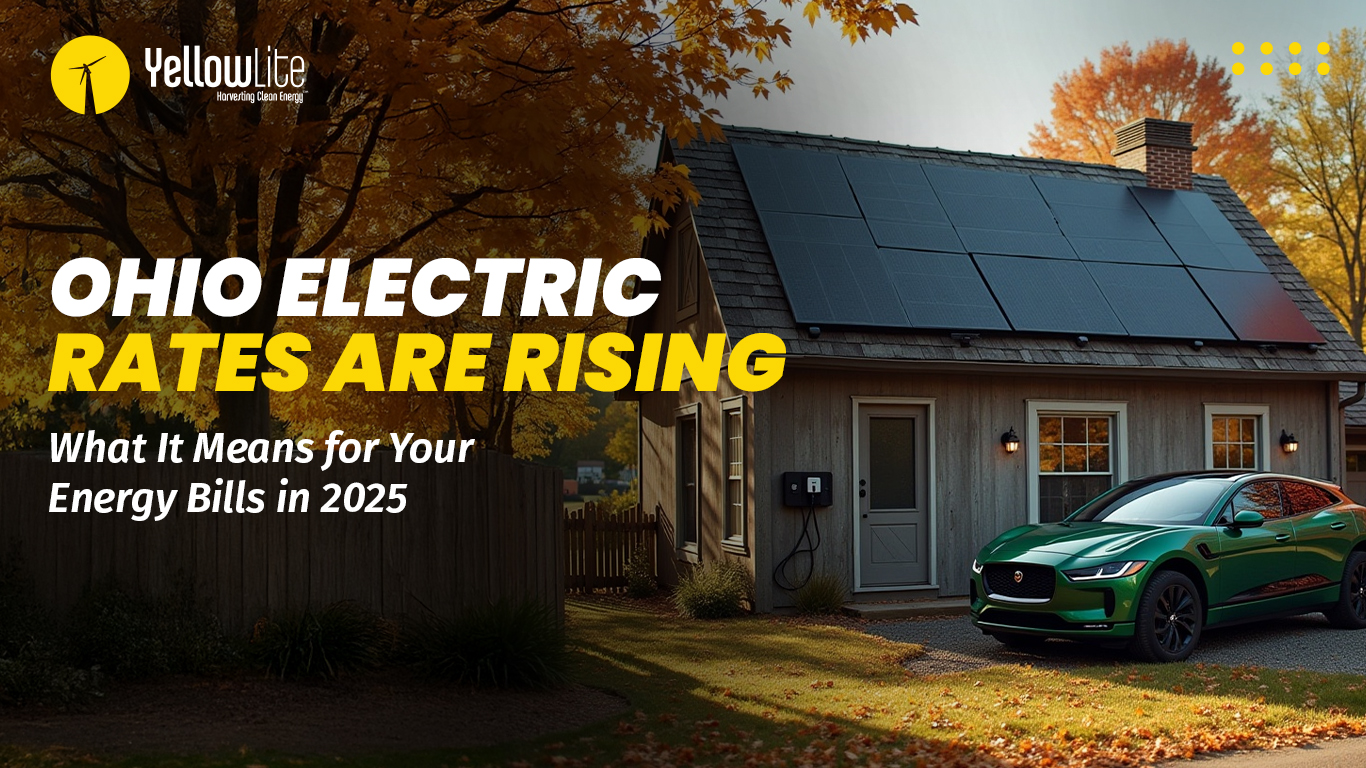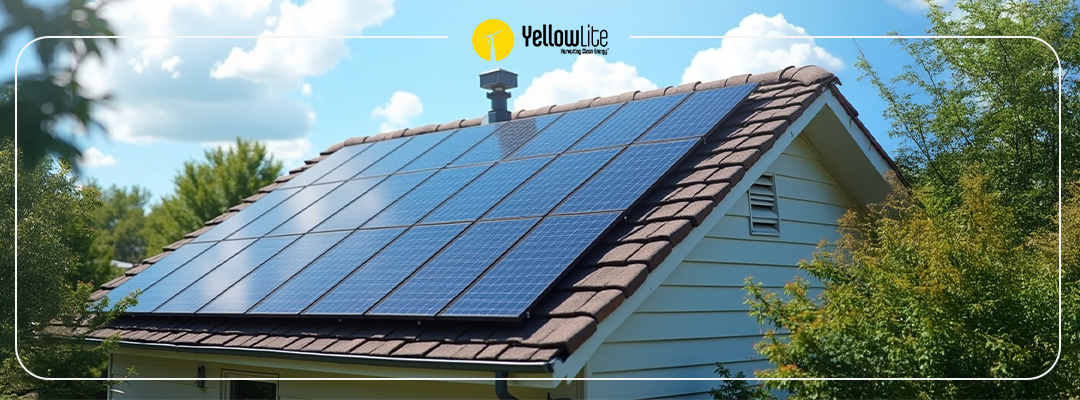Like the rest of the U.S., Ohio electricity costs routinely increase. For homeowners, investing in solar PV is a secure way to reduce those costs. The money saved depends on energy prices as well as incentives. For now, the Investment Tax Credit (ITC) has a deadline for residential solar. And because the solar market is global, there are many factors across the world that impact both panel and hardware pricing and availability, even in Ohio. The timing of your solar purchase is important.
We expect and encourage our customers to make informed and deliberate decisions not only about whether to go solar, but when to make a commitment. There is a balance between the financial investment and your benefits, especially energy savings. It is natural to consider the right time to buy to keep costs low and returns highest. We think there are fewer factors suggesting our customers to wait than to act now.
Your Savings – Or the Cost to Delay
A quick snapshot of Ohio electricity costs, with data available as of July, 2015, shows the savings potential in money not paid to the utility. Let’s consider two cases: A smaller or more efficient home which may use 800 kWh per month, on average. And a larger home which may use 1,300 kWh per month, on average. For comparison, we look at Ohio power rates and Cleveland area rates.
Average Ohio rate = 12.92 cents/kWh, from the EIA_May2015, p123, Table 5.6.A
Cleveland average rate = 15.1 cents/kWh, from BLS, average, June 2015
| Small | 9,600 kWh/year | OH annual savings = $1,240 | Cleveland annual savings = $1,450 |
| Large | 15,600 kWh/year | OH annual savings = $2,016 | Cleveland annual savings = $2,356 |
We will call this opportunity costs. The longer you wait, this is the maximum amount you will continue to pay to your utility. Lost opportunity for savings, in other words.
The 30% tax credit allowed by the ITC typically exceeds this annual savings by a large amount. As noted throughout many posts and pages the planned expiration for homeowners at end of 2016 narrows your window to take advantage. See more here from the SEIA.
Hardware Costs Are Nearing the Bottom
While it is true that solar PV costs have been steadily declining, most analysts believe we have reached a plateau as recently as 2014. Every region is different, and comparing specific forecasted costs per kW only tells a part of the story. Trends are much easier to think about and more readily calculated.
Some random but significant facts:
Solar is somewhat unique in the energy industry. The largest solar farms and smallest home systems use much of the same hardware, especially the panels. The basic supply and demand rules are at play. Compare this to wind, for example, where large farm designers select the largest turbines not suitable for smaller or personal projects. Commercial and utility scale PV activity has a more direct impact on each homeowner, both in raw materials and in finished products. And that activity is also on the rise again after a lull.
Panels are the most costly single component for residential solar. Because the exploding demand for solar PV drove the manufacturing competition to its highest level, costs over the past decade, or so, have rapidly dropped. Technology advancements were a big part of that. Most of the improvements in panel efficiency and manufacturing efficiency have been achieved. Future improvements are achievable, and investments are continually made. But the rate of improvement for the next year will be marginal and not in big steps like before.
This also caused the least competitive to drop out of the business. And capacity expansion of the survivors has basically kept up with demand. Without getting into all the details, the most important result is that analysts see panel costs reaching a plateau now. Only small reductions are predicted.
Activity Across the Globe Matters
Our goal is not to suggest that anyone can accurately predict the near future of the complex solar market. However, it is meaningful to consider some documented facts and forecasts from experts. Here are a few highlights about near future solar PV activity that we think will have an impact on both the global market and Ohio.
The fastest growing region in the next few years will be the Americas, with growth forecasts as high as 50%. Large projects are slated for Latin and South America. The Latin America market could triple in 2015 alone. Chile has between 600MW and 860MW on the books or in the works.
The U.S. has over 32GW of projects larger than 5MW each on the books or in development.
Community solar is fast on the rise in the U.S. Already as much as 400MW was forecast before the ITC expires. With President Obama’s recently announced program, as much as 300MW will be available tothose who cannot afford it otherwise or are not suitable candidates.
The Middle East/Africa (MEA) region is forecast to grow by 23% in 2015 and beyond.
Projections for Europe show a 20% increase in 2015 alone, even with a German slowing. Incentives in the UK are a key driver.
The point is not that supplies may run out, nor that anyone can accurately predict exact future prices based on supply and demand. One thing is clear, in the near future demand is still increasing significantly across the world. Manufacturers will always be conservative in targeting their capacity now. The strategy is to avoid another historical oversupply, matching demand more closely. And the rush to act before the ITC expires will increase the closer that time comes.
Our Message to You
YellowLite will always make value and satisfaction for our customers the top priority. There are no scare tactics. We will not pressure you to buy. However, keeping you informed is important. And as the U.S. marches towards the end of 2016 and the federal ITC expiration, some factors will be out of our control. The two important messages we want to convey are:
Very few experts predict a significant drop in costs between now and the end of 2016. Your opportunity to keep your purchase price low now is probably as good as or better than a year from now. Supply and demand will have an impact.
As markets tighten, choices do also. Premium products, such as the more durable and higher performing panels that YellowLite selects, may have longer and longer lead times. Settling for a lesser product may be the way to make a timeline.
We invite you to contact us to learn more about your current and future options. Once we are in routine communication, we can keep you advised on the market outlook as time goes by.
Interested in learning more about YellowLite’s renewable energy solutions? Reach out to us today to learn more.



